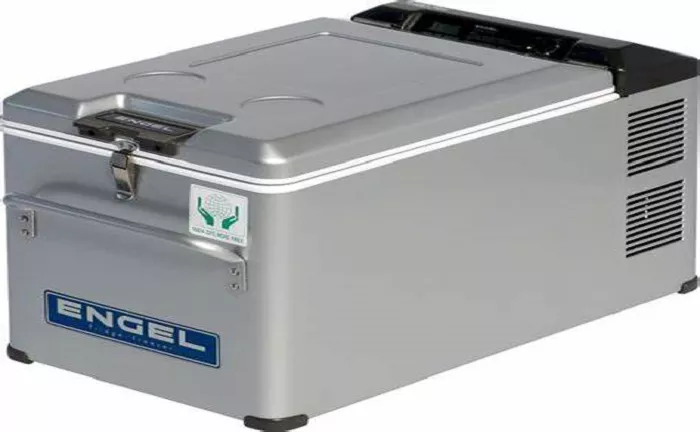Engel is a globally recognized leader in refrigeration and cooling technology, specializing in high-performance refrigeration systems for commercial, industrial, and mobile applications. One of the most critical components in any refrigeration system is the compressor, which plays a vital role in the cooling process by compressing refrigerant gas and maintaining the refrigeration cycle.
The Role of the Compressor in a Refrigeration System
- Compression: The compressor increases the pressure and temperature of the refrigerant gas, enabling efficient heat exchange.
- Circulation: It moves the refrigerant through the system (evaporator → compressor → condenser → expansion valve → evaporator).
- Energy Efficiency: The compressor’s design directly impacts the system’s power consumption and cooling performance.
Types of Compressors Used by Engel
Piston (Reciprocating) Compressors
Piston compressors are among the most common types used in Engel refrigeration units, particularly in medium to large-capacity systems.
How They Work
- A piston moves up and down inside a cylinder, drawing in refrigerant gas on the downstroke and compressing it on the upstroke.
- A discharge valve releases the high-pressure gas into the condenser.
Advantages
- Higher energy efficiency (especially in partial load conditions).
- Low noise and vibration.
- Fewer moving parts, leading to longer lifespan and less maintenance.
Applications
- Medical refrigeration (vaccine storage, laboratory cooling).
- Display cases (supermarkets, convenience stores).
- HVAC systems (heat pumps, air conditioning).
Screw Compressors
Screw compressors are used in large-capacity industrial refrigeration systems due to their high efficiency and continuous operation capability.
How They Work
- Two interlocking helical rotors compress the refrigerant gas as it moves along the screw threads.
- Oil is often used for sealing and cooling.
Advantages
- High cooling capacity (ideal for large-scale refrigeration).
- Energy-efficient at full and partial loads.
- Long operational life with minimal maintenance.
Applications
- Industrial freezing & cold storage.
- Food processing plants.
- Beverage cooling systems.
Engel’s Implementation
Engel integrates screw compressors in heavy-duty refrigeration plants, where continuous, high-capacity cooling is required.
Rotary Compressors
Rotary compressors are compact and efficient, often used in small to medium refrigeration units.
How They Work
- A rotating blade (vane) compresses refrigerant gas inside a cylindrical chamber.
- Simple design with minimal moving parts.
Advantages
- Compact and lightweight.
- Low noise levels.
- Good efficiency in small systems.
Applications
- Domestic refrigeration.
- Small commercial freezers.
- Transport refrigeration (vans, small trucks).
Engel’s Implementation
Engel uses rotary compressors in mobile refrigeration units where space and weight are critical factors.
Innovations in Engel’s Compressor Technology
- Digital Inverter Compressors: Adjust speed dynamically for optimal efficiency.
- Oil-Free Compressors: Reduce maintenance and refrigerant contamination risks.
- Magnetic Bearing Compressors: Eliminate friction, increasing lifespan.
Conclusion
Engel’s selection of compressors—piston, scroll, screw, and rotary—ensures optimal performance across various refrigeration applications. Each type offers unique advantages in efficiency, noise control, capacity, and durability, making Engel systems highly reliable and energy-efficient.

